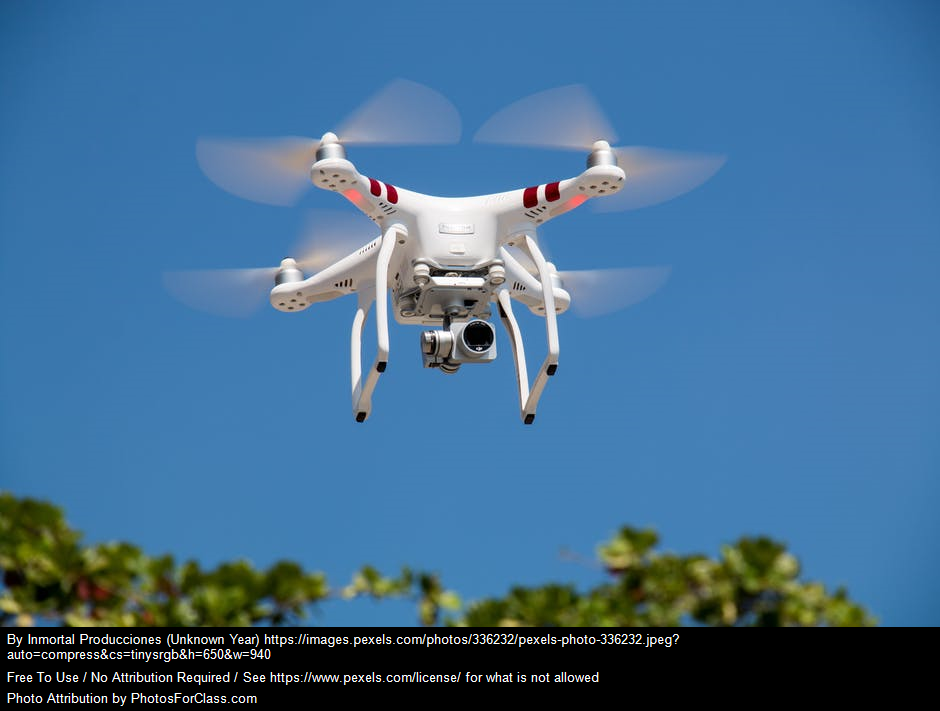In a recent order, the Ministry of Civil Aviation (MCA) has exempted for a period of a little over 5 months beginning 18 April 2020, the requirements of Rule 15A of the Aircraft Rules, 1937, for beyond visual line of sight experimental flights. What this means is that certain classes of drones have been provided a period-specific exemption to serve as ‘proof of concept’ for possible future developments in this space. This exemption allows as many as 13 consortia to operate their drones in this period in specified air spaces for experimental purposes.
Limited reprieve in light of public interest
To provide context as to how this is a positive factor in public interest, a little over a year ago, the MCA approved members from 13 consortia which includes start-ups like Dunzo, Swiggy and Zomato, to use and develop drones. The exemption of the MCA in April 2020 strongly suggests that we may soon move towards commercial drone operations including delivery of goods and supplies.
The exemption has direct consequences for public safety, since drone technology has the potential to eliminate or minimize direct human contact and undertake relief work including disaster management tasks without directly exposing public officials to the COVID-19 pandemic.
Let us now delineate the exemptions under Rule 15A that would benefit drone operators:
- They can operate their Drones that weigh more than 250 grams without being allotted a Unique Identification Number by the Director General, and consequently the fee of Rs. 1000/- which has to be paid for issuance of Unique Identification Number is not required.
- Rule 15A required that in the event the weight requirements exceed the limit then specific permit from Director General is required for operation of such drones. This specific permit has been done away with.
- The payment of fees towards grant and renewal of permit to operate a drone is suspended: (i) for grant of permit, Rs. 25,000/- and (ii) for renewal of permit, Rs. 10,000/-.
But these exemptions come with some riders, of course. For example, the experiments shall be conducted only with rotary wing drones, and shall utilize the services of trained operators who shall in turn be supervised by the team set up under the BVLOS experimental assessment and monitoring committee. Furthermore, the drones shall move only in the airspace approved by the Airports Authority of India (AAI). For this purpse, the drones will have to be geofenced to ensure that they remain confined to the designated airspace.
Implications of the COVID-19 related measures
The exemption, despite being in force for a short period of time, provides a great ‘proof of concept’ which will be used by the Government to test the technology, fine-tune regulations and address security and safety concerns that have come up in relation to the overall discussion about drones.
It is also an opportune moment for the Government of India (GOI) to explore relaxations in the foreign direct investment (FDI) space, if only to the extent of technological assistance. In fact, the Drone Ecosystem Policy Roadmap that was released by the MCA on January 15, 2019, endeavours to allow 100 percent FDI through the automatic route in the realm of remotely piloted aircraft (RPA)-based civil and commercial services.
Soon after the order of April 18, 2020 with its exemptions and riders, the MCA, on May 2, 2020, provided conditional exemptions to drones operated by government entities with a different set of riders. The interesting aspect is that these government entities are also allowed to engage third party service providers to operate drones. Earlier a private entity could have been allowed to operate only at the discretion of GOI. But the May 2020 order paves the way for transparent public-private partnerships in this industry.
Of course, the exemption could have been a little wider to allow operations beyond surveillance, photography and announcements. Based on global examples, some of the other use cases that may be relevant for India during the COVID-19 crisis, includes sanitizing public places and making contact-less delivery of essential goods and medical supplies, which could include BVLOS operations.
Conclusion and the Need of the hour
The merits of drone technology are well documented and the same had come to light during the lockdown even before the May order. For example, to catch any individual violating lockdown restrictions, Goa Police used drones to keep an eye on densely populated regions. Along similar lines,Bengaluru police armed itself with drones, social media, and chatbots to catch violators and assess the spread of the virus. The Kerala Government has also used drone technology and geo-based fencing to track the movement of people.
In a country like India with a large consumer base, the commercial use of drones obviously has a great potential. Drone-based activities may even include transportation of bodily organs or non-living medical products, discharge of materials for supplementing agricultural irrigation, surveying landscapes and active monitoring of rail/road traffic, surveying and exploring of landscapes, mining expeditions etc. The exemptions provided during the COVID-19 lockdown phase clearly shows that GOI is moving towards the commercialization of drone technology in India.
With inputs from Harini Subramani
Saamir Raketla is a legal consultant with HS Law & Associates. Views are personal only. He can be reached at [email protected]
Featured Image: Via www.photosforclass.com exercising free creative commons license.
© Delhi Defence Review. Reproducing this content in full without permission is prohibited.
































